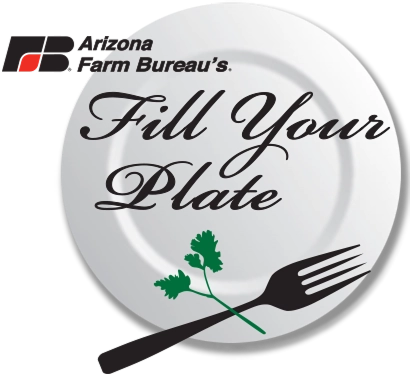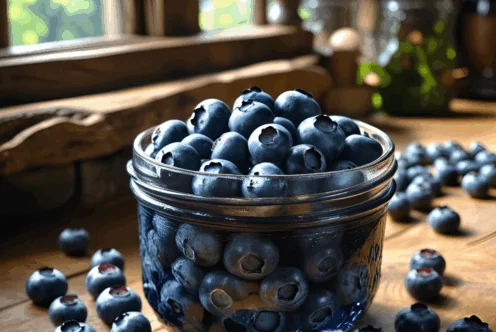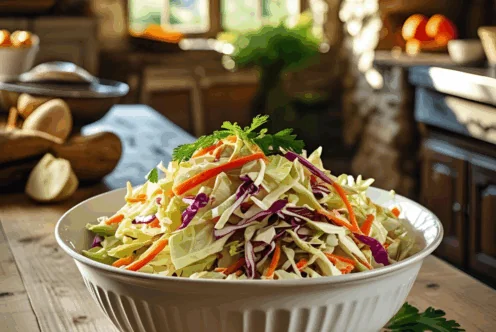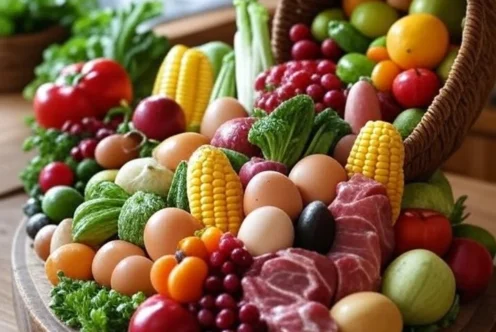Blog
Our Latest Posts

How to Reduce Your Sugar Intake—and Why It Matters
Decades ago, in a time when eating healthy wasn’t the societal norm, my mother took a firm stand against sugar in our household. If we…
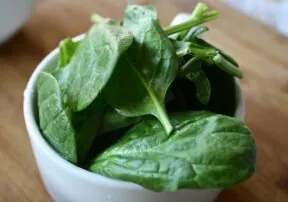
Spinach: The Superfood That Packs a Punch and is Grown Locally in Arizona!
When was the last time you pondered the wonderfulness of spinach—a leafy green so packed with goodness it might just deserve its own superhero cape?…
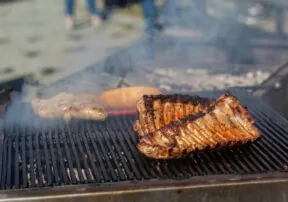
Why Pork Back Ribs Deserve a Spot on Every Grill
Few things in life live up to the hype. Pork back ribs are one of them. They don’t just belong on the grill—they demand it.…

The “Food as Medicine” Trend in 2025: Promise and Pitfalls
As we move into 2025, the “food as medicine” movement is poised to take center stage in conversations about health and wellness. The idea that…
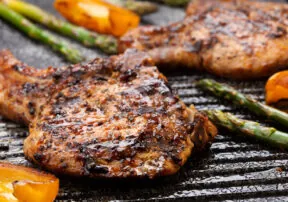
Pork and Nutrition: Taste What Pork Can Do!
When building a healthy, nutrient-rich plate, pork delivers in ways that often go overlooked. While other proteins like chicken and fish get most of…

Spring Cleaning: A Guide to Transform Your Kitchen Cupboards
Picture this: the sun’s shining, the birds are chirping, and you’ve got that itch to tackle the beast known as “Spring Cleaning.” You’re armed with…

The Power of Protein and Fiber: How Your Diet Could Improve Your Sleep
A good night’s sleep is often elusive in our fast-paced world, but new research suggests that the secret to better rest might be sitting on…

How I’m Using Portion Control, Calorie Counting, and a Deficit to Hit My Fitness Goals
For the past few months, I’ve been on a mission not just to lose weight but to sculpt a leaner, more defined body. There are…
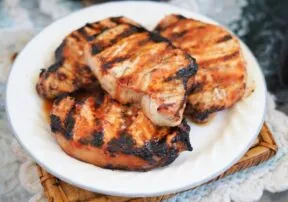
Arizona Pork: A Flavorful Star in Our Culinary Scene
When it comes to culinary diversity in Arizona, one ingredient stands out as a versatile and delicious MVP: Arizona pork meat. Whether you’re a seasoned…

Highly Processed Foods Tied to Brain Changes: New Study Reveals Alarming Effects
In a groundbreaking study published in Nature Metabolism this past February, researchers uncovered compelling evidence that even a short stint of indulging in highly processed…
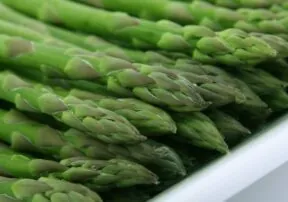
The Nutritional Powerhouse Grown in Arizona Agriculture: Why Asparagus is a Star Crop
In the heart of Arizona’s fertile lands, where the sun kisses the soil and innovation meets tradition, Arizona agriculture thrives. Among the diverse crops cultivated…

Resisting Temptation: Sometimes Shopping Can Cause Us to Break Our Diets
Let’s be real—sticking to a healthy diet when you’re grocery shopping can feel like walking through a minefield. Sure, the store’s stocked with nutritious options,…
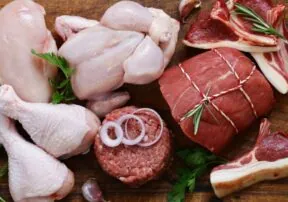
Exploring the Carnivore Diet: A Meat-Lover’s Paradise or Nutritional Mirage?
I think I’d be happy just eating meat. When I discovered the carnivore diet, I became intrigued and decided to learn more about it. The…

